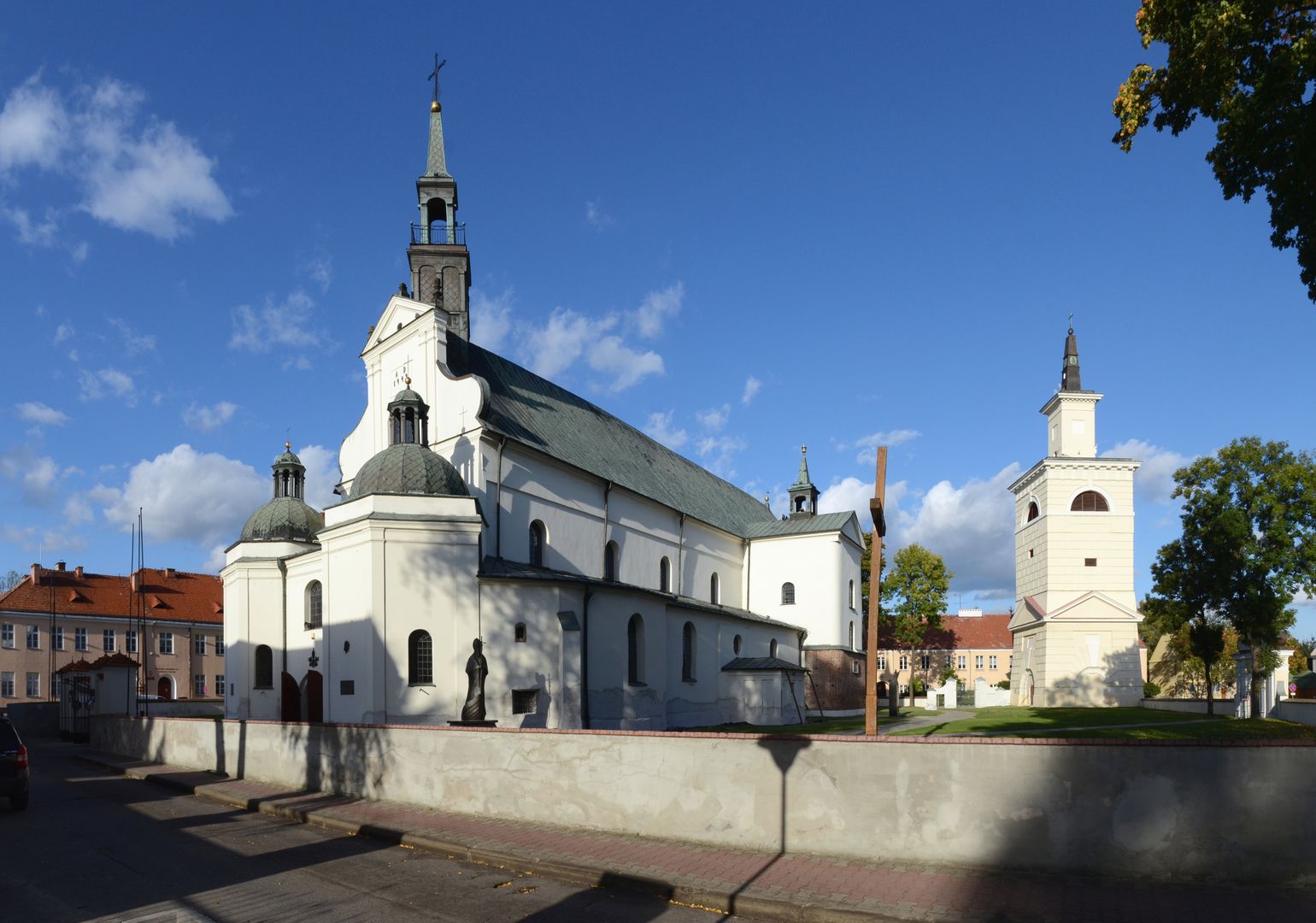Pułtusk
6.74

Overview
Pułtusk is a town in Poland, located in the Masovian Voivodeship, which received its town rights in 1257. Situated on the edge of the Biała Forest on the Narew River, it played an important role in the history of the Płock Diocese, as it was its property for many centuries. In the Middle Ages, the town was characterized by its brick fortifications, and its development was linked to the trade of grain and forest products. Among its landmarks, the Gothic Collegiate Basilica of the Annunciation of the Blessed Virgin Mary from the 15th century stands out, along with the 16th-century town hall and the bishop's castle from the 14th/16th century, which now serves as the Home of Polonia. Pułtusk is also known for having the longest cobbled market square in Europe (380 m). The town has a rich cultural history; as early as the 15th century, a parish school operated there, and from the mid-16th century, the Jesuits ran a college renowned for its high educational standards and theatrical activities. Pułtusk was also the site of numerous historical events, such as the Battle of Pułtusk in 1806 between Napoleon and the Russians, and witnessed a meteorite fall in 1868. During World War II, the town was approximately 85% destroyed, and after the war, it developed into a seat of local educational and cultural institutions. Modern-day Pułtusk is a center of social life with numerous schools, kindergartens, and sports clubs. Its honorary citizens include John Paul II and Irena Szewińska.
Location
You can also find here:
2025 Wizytor | All Rights Reserved
